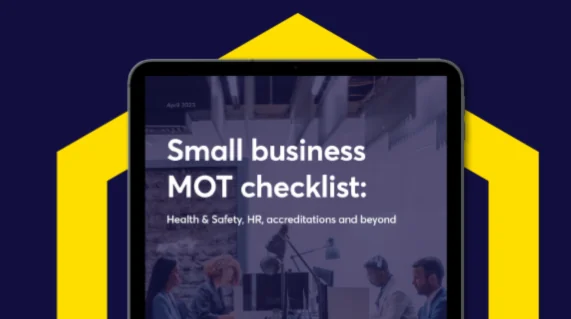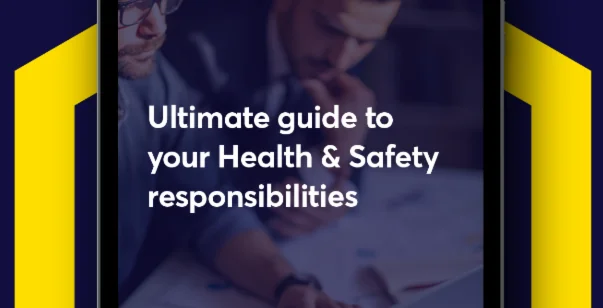Legionella: five things you need to know
Legionella is a type of bacteria that causes diseases like Pontiac and Lochgoilhead fever and, worst case, Legionnaire’s disease.
Legionnaire’s disease
Legionnaire’s disease is a severe form of pneumonia and can be deadly. In 2017 alone, 693 cases of Legionnaire’s disease were reported/notified – a 40% increase from 2016’s figure.
When it comes to Legionnaire’s disease, everyone’s susceptible. That said though, individuals who fall into any of the below categories may be at greater risk of contracting it:
- People who are 45-year-old or above;
- Smokers and heavy drinkers;
- Individuals with diabetes, lung and heart disease;
- People suffering from chronic respiratory or kidney disease; or
- Anyone who has an impaired immune system.
Be aware. Take our training;
Our course is accredited by the CPD Certification Service as conforming to universally accepted Continuous Professional Development (CPD) guidelines.
Where does Legionnaire’s disease exist?
Natural water supplies? like rivers, lakes, reservoirs and ponds? host large quantities of the bacteria Legionella. Due to the conditions though, this isn’t where people tend to contract it.
More commonly, Legionnaire’s disease is apparent in places like cooling towers, spa pools, hydrotherapy baths and hot and cold water systems? to name just a few, where temperatures are high enough to support bacteria growth and the network is insufficiently managed.
The optimum temperature for Legionella growth and multiplication is between 20-45°C? with the provision of nutrients, like rust, sludge, scale and biofilms. Anything lower than 20°C is too cool for the bacteria to activate, and anything above 60°C is too hot for it to survive.
How is Legionnaire’s disease caught?
Legionnaire’s disease is caught by simply breathing in small droplets of water that contain Legionella particles.
Employees, visitors, customers, clients and anyone else on your premises run the risk of being exposed to contaminated water, so it’s essential you have appropriate measures in place.
Your responsibilities
As an employer, it’s your responsibility to control any risks associated with Legionella exposure. To meet these, there’s a five-step process to follow? we’ll delve into each of these now.
We’re here to help. When it comes to Legionella, there can be a lot to get your head around? which is where we come in. Give us a call today or download our free information guide above.





